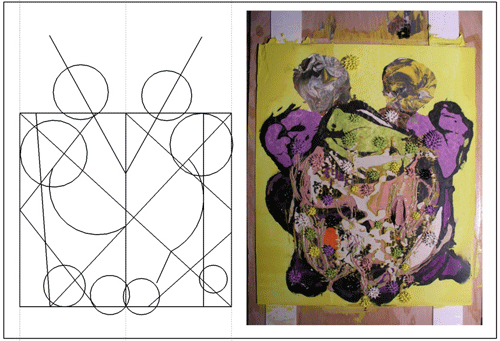April 25, 2007
Parti

I'm listening to Melvyn Bragg this morning:
SYMMETRYPosted by Dennis at April 25, 2007 10:08 AMToday we will be discussing symmetry, from the most perfect forms in nature, like the snowflake and the butterfly, to our perceptions of beauty in the human face. There's symmetry too in most of the laws that govern our physical world.
The Greek philosopher Aristotle described symmetry as one of the greatest forms of beauty to be found in the mathematical sciences, while the French poet Paul Valery went further, declaring; ?The universe is built on a plan, the profound symmetry of which is somehow present in the inner structure of our intellect?.
The story of symmetry tracks an extraordinary shift from its role as an aesthetic model - found in the tiles in the Alhambra and Bach's compositions - to becoming a key tool to understanding how the physical world works. It provides a major breakthrough in mathematics with the development of group theory in the 19th century. And it is the unexpected breakdown of symmetry at sub-atomic level that is so tantalising for contemporary quantum physicists.
So why is symmetry so prevalent and appealing in both art and nature? How does symmetry enable us to grapple with monstrous numbers? And how might symmetry contribute to the elusive Theory of Everything?
Contributors
Fay Dowker, Reader in Theoretical Physics at Imperial College, London
Marcus du Sautoy, Professor of Mathematics at the University of Oxford
Ian Stewart, Professor of Mathematics at the University of Warwick
Leave a comment